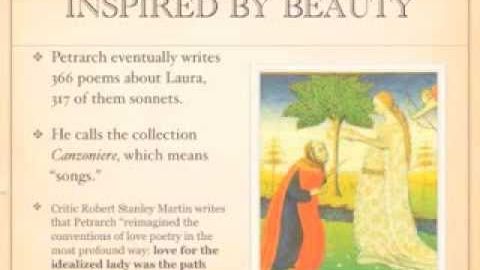
字幕と単語
動画の中の単語
time
US /taɪm/
・
UK /taɪm/
- n. (u.)(音楽の)拍子 : テンポ;(時計が指し示す)時刻 : 時間;時間;(ある出来事が起きる)時 : 時点;時;時代 : 時期;時間;所要時間
- v.t.(音楽の)リズムをとる;(~するのに)ふさわしい時を選ぶ;時間を計る;(出来事の最適な時間や時期を)決める
A1 初級TOEIC
もっと見る set
US /sɛt/
・
UK /set/
- adj.準備ができている;固定された
- v.t.合わせる;決める;準備する;値付けする;(ある場所 : 時間に)置かれている;設置されている;置く;~な状況に置く;組む;確立する;決意する;作曲する;骨折を整復する
- v.i.固まる;(太陽が)沈む;出発する
- n. (c./u.)一組 : ひとそろい : 一式;(テレビ番組 : 映画の)セット : 撮影現場;(テニスの)セット;(テレビ : ラジオなどの) 受信機;決意
A1 初級TOEIC
もっと見る エネルギーを使用
すべての単語を解除
発音・解説・フィルター機能を解除
